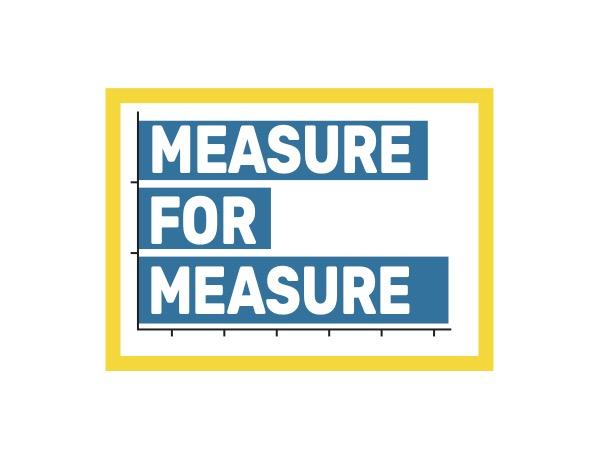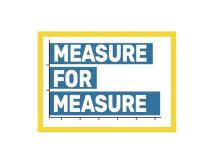Buyer’s Remorse in Higher Education—Some Questions for the Arts

In January 2014, President Obama caught flak from art historians when, speaking at a General Electric manufacturing plant in Waukesha, Wisconsin, he casually referred to their field of study. “I promise you,” he said, “folks can make a lot more potentially with skilled manufacturing or the trades than they might with an art history degree.”
Immediately, Obama qualified his remark, adding there is “nothing wrong with an art history degree. I don’t want to get a bunch of emails from everybody.” To be sure, his larger point in the Waukesha speech was not about the relative value of one college major over another; it was about the economic paths that can be cleared by apprenticeships and vocational schools. “You can make a really good living and have a great career without getting a four-year college education,” the president went on, “as long as you get the skills and training that you need.”
I was reminded of this claim when poring over the Federal Reserve Bank’s report from its 2021 Survey of Household Economics and Decision-making. The survey covers dimensions of economic well-being such as household finances, employment, and education. According to the study, 76 percent of adults lacking a college degree said they would have liked to complete more education—a sentiment shared by 61 percent of associate degree-holders.
For bachelor’s degree-holders, however, a different “what if” scenario emerged. The most common change they said they would have made, educationally, was to have pursued “a different field of study.” (This position was held by 37 percent of bachelor’s degree-holders.)
To sum up: The attractions of trade schools or vocational programs notwithstanding, most adults who did not complete a four-year college degree are likely to regret this outcome. Yet even among bachelor’s degree-holders, more than a third regret their chosen field of study.
Now let’s return to art history. According to the survey, adults who had attended a four-year college and who had studied the arts or humanities were the most likely (48 percent!) to have wished they had chosen differently. Those who had studied the social and behavioral sciences were the next most likely—at 46 percent—to have regretted their choice. By contrast, adults who had chosen STEM education were far less likely to have regretted their field of study.
For administrators of arts and humanities programs in higher education, these results naturally are depressing. Still, questions remain. When reading the Fed report, we may assume that “field of study” is equivalent to college major. Consulting the survey instrument, I’m not so sure.
The question-item ascertaining “field of study” refers to one’s “most recent educational program.” Although it is presented as an option, the term “humanities/arts” is not defined. Also, since “education,” “business/management,” “computer/information sciences,” and even “vocational/technical training” are listed among other choices, it’s unclear how people would classify themselves had they studied—possibly within those very “fields”—arts education, computer-assisted design, or arts administration. Or it could be that respondents regretted their specific focus area within a larger field of study, such as the arts, but had no comparable option for reporting purposes.
This may be a quibble, or rather a big deal. Because aspects of arts and design are often woven into the curricula of other academic disciplines, it can prove challenging to exclude those elements altogether when reporting on “fields of study” outside the arts or humanities. In terms of where and how they show up in higher education or the labor market, the arts, like the social and behavioral sciences, are manifold.
At a minimum, it would help to know what types of jobs or careers had been envisioned by humanities/arts alumni in the Fed survey, and where they eventually landed. Previous NEA research reports have mined U.S. Bureau of Labor Statistics (BLS) data about job prospects for arts and cultural workers and have described high-growth arts industries.
Given the prevalence of arts occupations in the gig economy (34 percent of artists are self-employed), it also seems worth knowing how this class of worker would rate satisfaction with training and career options. (According to a 2017 BLS survey, 58 percent of self-employed artists attributed their job status to flexible schedules and independence; 79 percent said they would not prefer working for someone else.) Meanwhile, the Fed study notes that 16 percent of adults did gig activities in the prior month; more than half (54 percent) of those workers also had a job reporting to others.
One can usefully complicate the Fed survey findings about humanities/arts as a “field of study,” but they should not be dismissed. (After all, the percent differences were observed even after accounting for respondents’ demographics, the level of education completed, and the selectiveness of the college or university attended.) Instead, one should range the study’s results alongside reports such as State of Humanities 2022: Workforce and Beyond, and State of Humanities 2021: From Graduate Education to the Workforce, both products of the American Academy for Arts & Sciences (AAAS) as part of its “Humanities Indicators” series.
As those analyses show, the percent of bachelor’s degrees conferred for “the study of the arts” (a category excluding many arts disciplines) has held largely stable in recent years, while the percent of master’s degrees in this field has grown. As for the visual and performing arts, AAAS told me, the number of new bachelor’s degrees may be plateauing—but, in 2021, as a share of all new bachelor’s degrees, they dipped below 4 percent for the first time since 1998. The humanities have seen a longer-term pattern of decline, both in the number of degrees awarded and as a percent of all bachelor’s degrees.
Even if higher education enrollment in arts programs is advancing tolerably, it’s hard to sidestep the challenge that researchers Alexandre Frenette (Vanderbilt University) and Timothy J. Dowd (Emory University) set in their 2020 report, Careers in the Arts: Who Stays and Who Leaves? The report is based on the Strategic National Alumni Arts Project (SNAAP) surveys, which may yet provide an answer to the dilemma that surfaced in the Fed report, with adults regretting their decision about what to study in college.
SNAAP survey data have long and persistently revealed that arts school graduates are dissatisfied with their entrepreneurial, business, and financial preparation while in school. Specifically, respondents wish that their alma maters had taught them about the practical aspects of their work, including how to network and promote themselves, how to handle debt and budgets, how to manage the business concerns associated with their particular arts-based work, how to be entrepreneurial, and how to find jobs. Curiously, SNAAP data also reveal what a high value arts school graduates put on the liberal arts aspects of their education. They do not seem to be requesting a highly specialized or narrowly vocational education.
This paragraph reflects a central tension in all policymaking and research about the arts’ value in higher education. If arts program graduates are critical of their curricular experiences, seeking more pragmatic training, perhaps akin to that of a business school regimen—and yet the same alumni also prize the “liberal arts aspects of their education” more than specialization, then a remedy, for arts school deans, may not be forthcoming very soon.
Here’s another “what if.” What if the high percent of former humanities/arts students who regretted not choosing another field of study (according to the Fed survey) were partly attributable to this cohort’s imaginative powers—their ability to perform thought experiments and to see the charm of roads not taken? It could be that only because they have enjoyed an undergraduate arts education are they capable of envisioning other academic ventures, other possible degrees and careers. Why not? In this double sense, one can dream.
Sunil Iyengar directs the Office of Research & Analysis at the National Endowment for the Arts.





